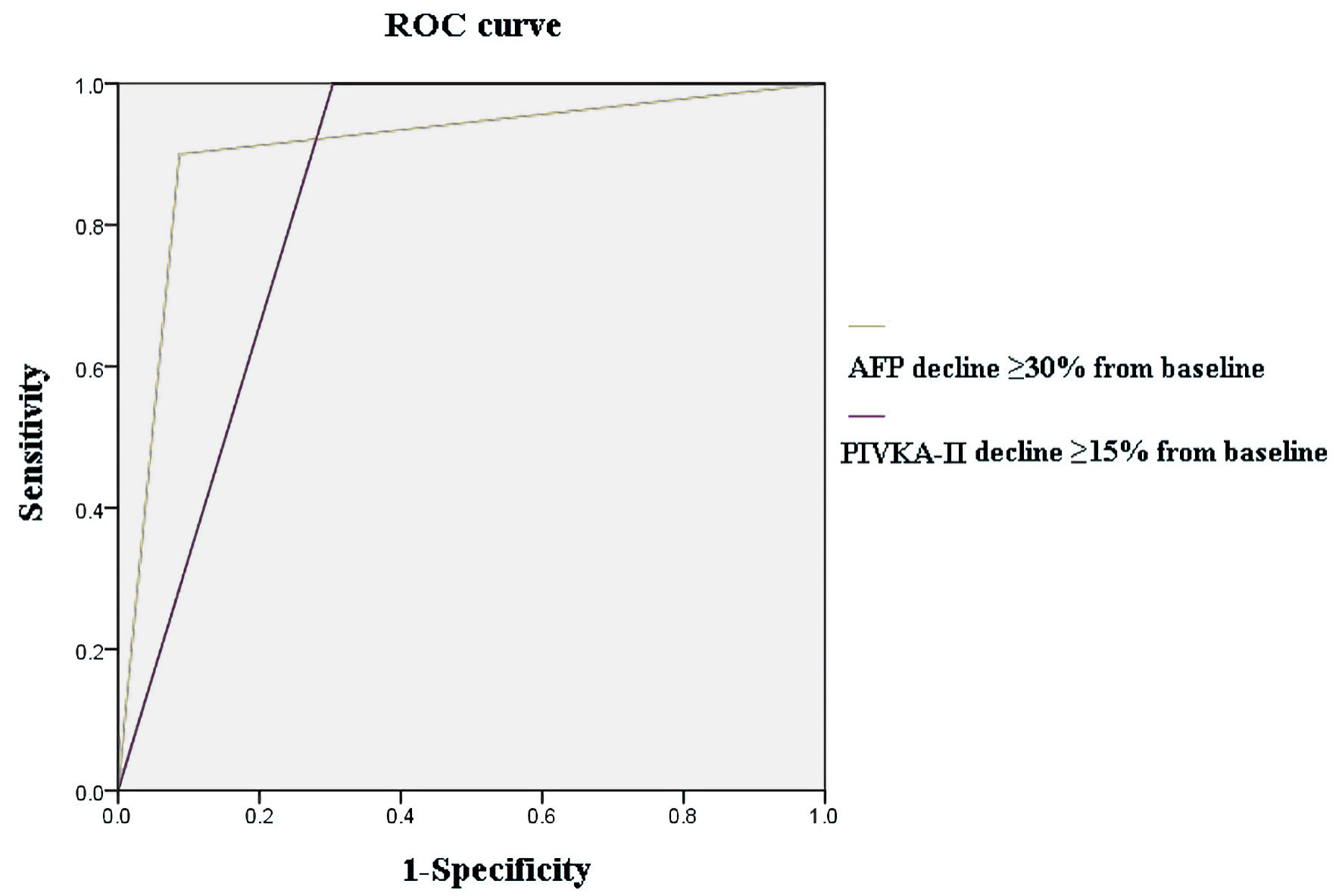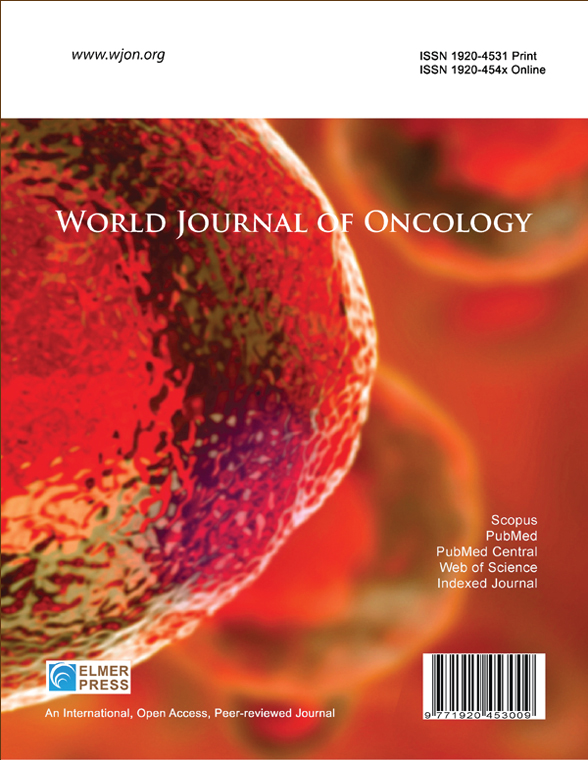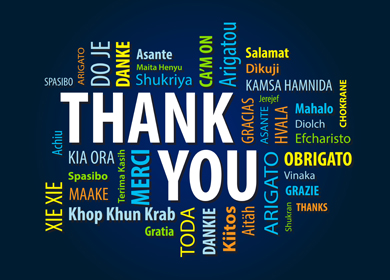Utility of Alpha-Fetoprotein and Protein Induced by Vitamin K Absence or Antagonist-II Kinetics in Predicting Radiologic Response and Survival in Unresectable Hepatocellular Carcinoma Undergoing Immunotherapy
DOI:
https://doi.org/10.14740/wjon2679Keywords:
Alpha-fetoprotein, Hepatocellular carcinoma, Immunotherapy, PIVKIIAbstract
Background: Alpha-fetoprotein (AFP) is currently the most commonly used biomarker for hepatocellular carcinoma (HCC) surveillance. However, protein induced by vitamin K absence or antagonist-II (PIVKA-II) may have a better prognostic role in some patients. The aim of this study was to investigate the prognostic roles of AFP and PIVKA-II kinetic changes in predicting outcomes in patients with unresectable HCC receiving immunotherapy.
Methods: Data were collected from subjects with Child-Pugh class A, and Barcelona Clinic Liver Cancer (BCLC) stage B or C HCC, who received immunotherapy from September 2021 to June 2023. The exclusion criteria included cases with normal values of AFP or PIVKA-II. The values of AFP and PIVKA-II at baseline and 4 weeks after initiation of therapy were recorded. The clinical baseline characteristics, and therapeutic outcomes, including radiologic objective response (OR) and overall survival (OS) of enrolled patients were collected and further analyzed.
Results: Among the 33 enrolled patients, 10 and 23 cases achieved OR and non-OR, respectively. A decline in AFP levels of more than 30% from baseline during immunotherapy had the best diagnostic efficacy (0.91) and ideal receiver operating characteristic (ROC) curve (area under the curve (AUC) = 0.907). Combined AFP (≥ 30% decline)/PIVKA (≥ 15% decline) responders had a significantly positive impact on radiologic OR and better OS (hazard ratio (HR): 0.21, 95% confidence interval (CI): 0.06 - 0.73, P = 0.014).
Conclusions: The patients with combined AFP/PIVKA-II decline during immunotherapy had a significantly better radiologic response and survival outcomes.

Published
Issue
Section
License
Copyright (c) 2025 The authors

This work is licensed under a Creative Commons Attribution-NonCommercial 4.0 International License.










